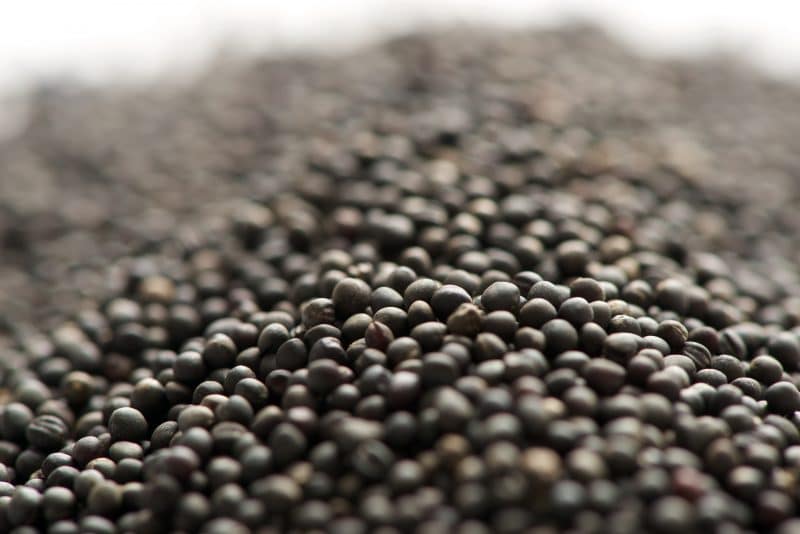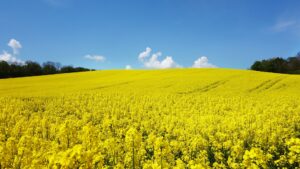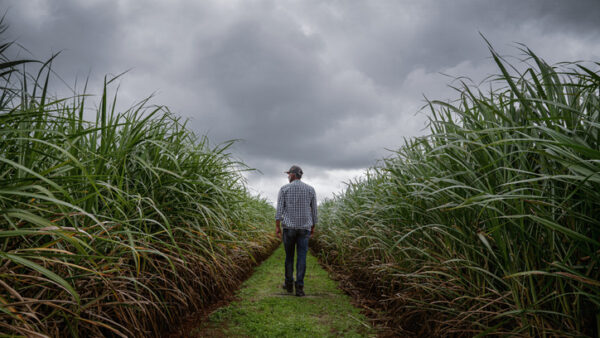The Protein Plan published on 22 November 2018 by the European Commission goes beyond the issue of self-sufficiency in vegetable proteins, a market still dominated by soybeans imported from the Americas. “This plan is not a culture-by-crop response but relies on a variety of species to be valued within rotations,” says Thomas Foubert, Euralis rapeseed breeder. It shows a willingness to play on the strengths of each, while benefiting from the contributions of genetics to increase yields and adapt the quality according to uses.
Soya offers the best protein level
The EU28 only covers 6 percent of its soybean needs. This crop has the highest protein level in the world, with 42 percent of the protein in dry matter. Its primary interest is that it produces the most protein per hectare. In irrigated cultivation, the best varieties grown with the appropriate techniques, may reach up to yield 6 tonnes per hectare (2,5 tonnes of protein / ha). “These results are important because the number of hectares within Europe is limited,” explains François Paybou, soybean technical & market development. The goal of our research is to continue to increase yield and protein content while achieving a good lodging and disease tolerance. We are working on varieties with protein levels above 46 percent.
Rapeseed offers quality protein to feed animals
By shedding light on the advantages of locally produced vegetable proteins, Europe gives rapeseed cake the status of nobility. “Rapeseed is an important source of plant protein for animal feed,” says Thomas Foubert. The Protein Plan reinforces the orientation of our research programs, conducted for four years. In the selection criteria of its varieties, our company integrates protein content and digestibility of the meal. In terms of quality at the amino acid level, rapeseed is just as interesting as soybean. Now, the margin of progress focuses on the content, which remains slightly lower to the soybean, and on digestibility.
On the other hand, certain selected varieties are yielding seeds that are less rich in fibre, leading to more digestible cakes, and these varieties will also be able to conquer the poultry feed sector. For the future, we shouldn’t forget that major European crops like sunflower or even corn could also play an important role to fit with the protein need. It’s a new criterion taken into account in the sunflower but also corn research programs.
Click here for the range of soybeans at Euralis.
Click here the range of rapeseed at Euralis.
Article co-authored by Thomas Foubert









